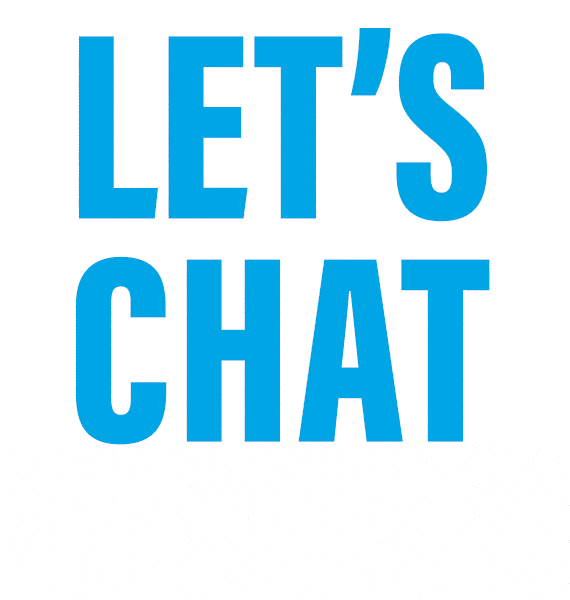We are in a world where businesses and marketers are recognizing the value of inclusivity for people who speak multiple languages and come from diverse cultural backgrounds. According to USA.gov there are roughly 350 languages spoken in the U.S. alone, which is why employee fulfillment and involvement are important for cultivating inclusivity and ensuring contentment. Employers and marketers play a vital role in this, as they aspire to provide products, and services that can connect with multilingual groups.
Below are a few methods aimed at better serving employees and audiences who speak English as a second language. This list provides different perspectives and useful advice to better engagement, communication and overall satisfaction within the workplace.
- Diversity Training: Some companies may not think this is important, but it is beneficial to enhance the understanding and respect among employees from various cultural backgrounds. This type of training educates the staff about different cultural norms and helps with communication styles, and potential misunderstandings and biases that may arise in a diverse workplace. By nurturing cultural awareness, employers can cultivate an environment where employees feel both understood and appreciated, ultimately leading to stronger teamwork and collaboration.
- Language-Friendly Guidelines: Applying language-friendly policies, for example granting employees permission to use their native language in meetings or offering language services for essential conversations, promotes communication, equity and diversity. These policies acknowledge and adapt the language diversity within an organization, permitting all employees to fully participate in work-related tasks and discussions. By welcoming language diversity, employers can create a culture of accessibility and acknowledgement, leading to increased employee engagement and retention.
- Feedback: Asking for feedback can help organizations confirm that all voices of those who speak English as a second language are heard. These approaches create an opportunity for gaining insightful feedback and enable necessary changes to language inclusion tactics. By incorporating feedback, organizations can continue to improve their practices.
- Diverse Marketing: To implement diverse marketing is to generate resources that connect alongside diverse viewers, this includes those who speak English as a second language. Integrating culturally-related information successfully involves and attracts those from different backgrounds. This strategy improves brand perception while encouraging a feeling of inclusivity and connection among customers and clients.
- Recognizing Diversity: By celebrating the one-of-a-kind insights employees from various backgrounds offer, can help organizations build an understanding of thankfulness and belonging within their workplaces. Recognizing diversity fosters respect and trust.
The mission to create language-inclusive workplaces is ongoing and requires commitment and versatility. By prioritizing progress and evaluating language-inclusion approaches and requirements based on employee input, organizations can help all employees feel appreciated and honored within their distinctive views and skillset. Language diversity supports workplace culture, improves collaboration, fosters creativity and honors achievement within an organization. As many of us aspire for more significant inclusivity, we must continue to promote a future where every voice is heard and every person can succeed — no matter what language they speak.










